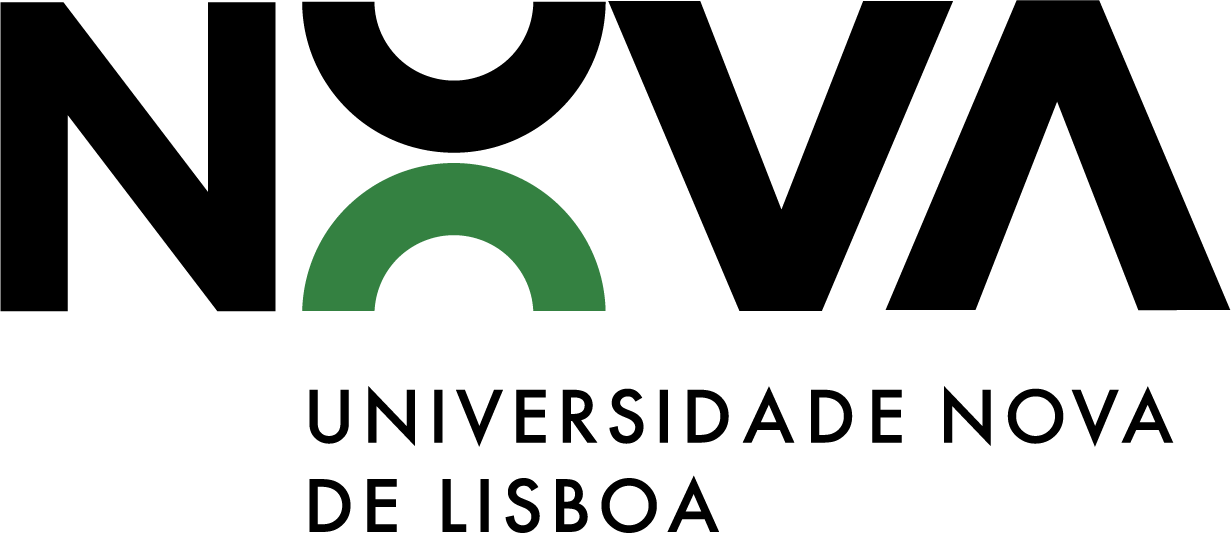VIASEF is a biocontainment infrastructure of Global Health and Tropical Medicine (GHTM) from NOVA IHMT, designed to facilitate research and development activities with invasive, exotic, or transgenic arthropods and human/animal pathogens transmitted by them that may pose biosecurity risks. VIASEF was designed to be a convertible infrastructure, able to address different types of public health emergencies. This was evidenced when, within the first six months of its inauguration, VIASEF focused its research on SARS- CoV-2, while establishing mosquito colonies of medical importance. Although in an early operational stage, VIASEF innovative research projects are laying the groundwork for innovation on vector-borne diseases and its control and have the potential to make an impact on public health outcomes, both locally and globally.
This infrastructure is involved in research projects focused on 1) the development of novel vector control strategies; 2) disease surveillance systems, facilitating early detection and response to vector-borne diseases; and 3) sustainable vector control strategies. Remarkably, their research in innovative vector control strategies, within the framework of insecticides, repellents, and trapping methods have shown enhanced efficacy in reducing vector populations and disease transmission. Moreover, VIASEF has contributed for the testing of innovative compounds as mosquito repellents/ or larvicides and it is part of an innovative project led by the University of California Malaria Initiative (UCMI) in São Tomé and Príncipe, involving field research on malaria mosquito vectors and capacity building on transgenic technologies as a novel tool to eliminate malaria transmission in the region. Also, it is involved in developing an artificial diet (bloodless mosquito diet) as an alternative to vertebrate blood which is traditionally used to feed mosquitoes. This innovative approach is currently being tested in various African countries to assess its applicability and sustainability.
Furthermore, VIASEF acts as a hub for high education teaching through training programs, workshops, and collaborations with local communities and healthcare professionals, fostering knowledge transfer and capacity building. This has allowed individuals and institutions to effectively manage vector-borne diseases, leading to improved prevention and control. The UCMI in São Tomé and Príncipe is an example of this, involving field research on malaria mosquito vectors and capacity building on transgenic technologies. This project not only enhances local capabilities in managing malaria but also facilitates the exchange of knowledge and expertise among partners. In addition, VIASEF provides an exceptional environment for the development of MSc and PhD theses. To date, VIASEF provided support to three MSc theses and is supporting two ongoing PhD thesis. The findings originated from these theses have informed public health policies at both regional and national levels.
The impact achieved through VIASEF is a proof of their collaborative efforts, significant funding, partnerships with various stakeholders (academic institutions, public health agencies, community organizations, and industry partners) and dissemination through scientific publications and conferences.
Overall, VIASEF, the only one of its kind in Portugal, has changed vector-borne disease research and control, leading to significant advancements in vector control strategies, disease surveillance, diagnostics, and policy influence. Their work has had a far-reaching impact, supporting advanced training (MSc/PhD students), benefiting healthcare professionals, local communities, public health agencies, and policymakers at local, national, and international levels, ultimately contributing to improved public health and societal well-being.
The potential for the next vector-borne pandemic is real. The research conducted in high-containment laboratories is crucial for preventing and mitigating future threats.
Sara Prata
